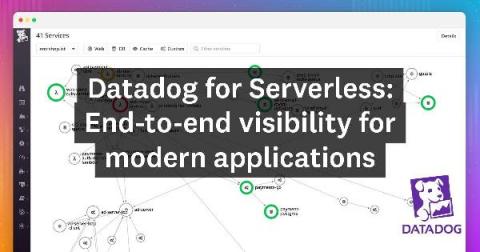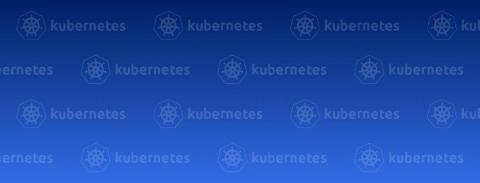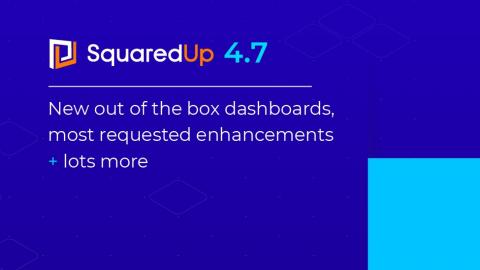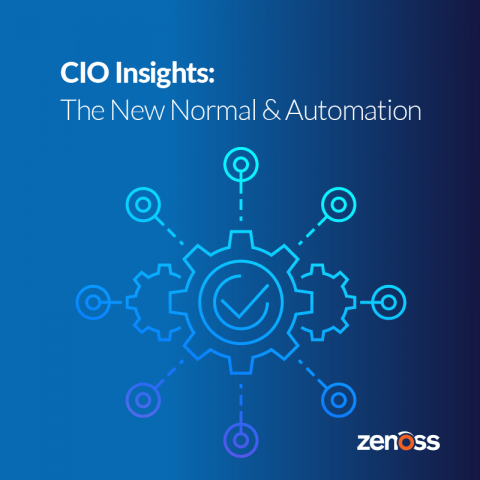Operations | Monitoring | ITSM | DevOps | Cloud
Latest News
Zero instrumentation serverless observability with AWS SAM and CDK integrations
As organizations build out their serverless footprint, they might find themselves managing hundreds or thousands of individual components (e.g., Amazon S3 buckets, Amazon DynamoDB tables, AWS SQS queues) for just a single application. At the same time, performance issues can crop up at any of these points, which means that having access to detailed observability data from your serverless functions is crucial for effective troubleshooting.
Meet the new nodes!
One of the most important sources of PerfOps data is synthetic benchmarking. Authoritative DNS providers, public DNS resolvers and Cloud providers are tested every minute from more than 250 locations around the world. The data is collected and processed round the clock, for several years now. And that is obvious, the more test servers in different locations we have - the more accurate and valuable our results are.
Monitor your Windows containers with Datadog
As cloud providers and infrastructure technologies grow their support for Windows containers, developers who use the Windows ecosystem are more and more able to enjoy the benefits of containerization. It’s quicker and easier than ever to modernize and deploy applications that use Windows-specific frameworks like .NET. Plus, Windows developers can use orchestration services like Kubernetes, Amazon ECS, or Docker Swarm to manage the complexity that containerized environments introduce.
An Introduction to Kubernetes Services
Kubernetes has a lot of features and deployment options for running containers. One of these is the Service. In this blog post, we’ll discuss what Services are, what they can be used for, and how to create them.
SquaredUp version 4.7 is here Our third release this year!
Summer is in full swing, and the latest release of SquaredUp for SCOM and SquaredUp for Azure is now available. Welcome to version 4.7! This release is jam-packed with great functionality which our Product Engineering teams here at SquaredUp have been working hard on for the last few months. Here’s a quick round up of everything that’s been added and enhanced in version 4.7. There will be a series of blog posts covering the features in the coming weeks so stay tuned for more.
CIO Insights: The New Normal and Automation
Enable TLS with Let's Encrypt and the HAProxy Kubernetes Ingress Controller
The HAProxy Kubernetes Ingress Controller integrates with cert-manager to provide Let’s Encrypt TLS certificates. When it comes to TLS in Kubernetes, the first thing to appreciate when you use the HAProxy Ingress Controller is that all traffic for all services travelling to your Kubernetes cluster passes through HAProxy. Requests are then routed towards the appropriate backend services depending on metadata in the request, such as the Host header.
Lambda, Lambda, Lambda: Instrumenting Python Lambda Functions with AppDynamics
Learn how to monitor Lambda functions written in Python with AppDynamics Python Tracer SDK.











